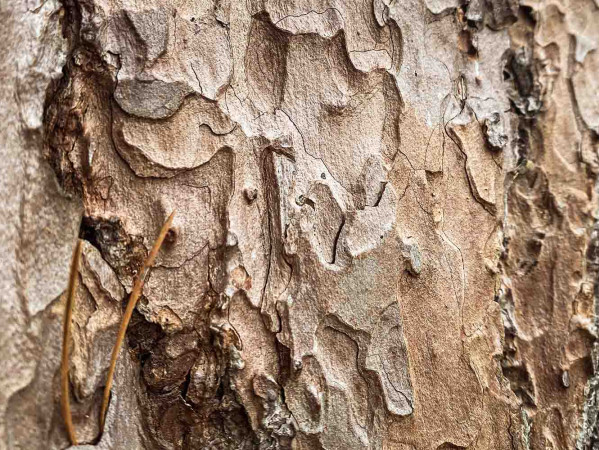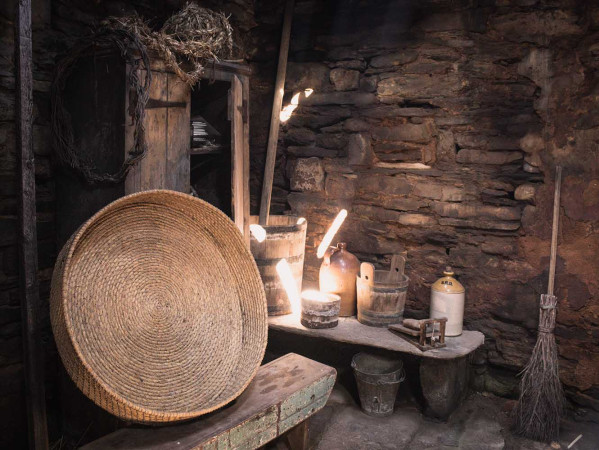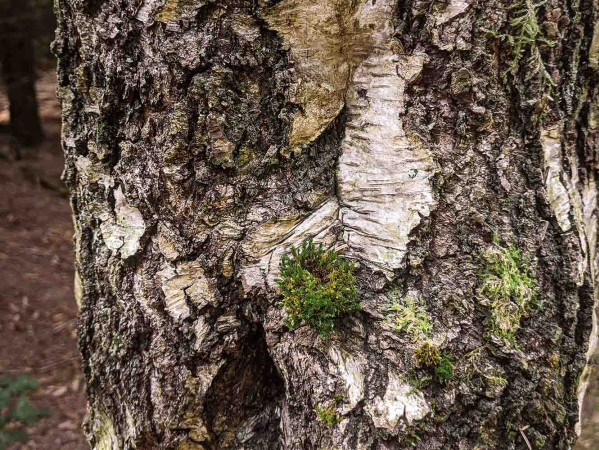StoriedPlace
Collection
This section provokes thinking and consideration of issues, embedded in the process of finding, listening and recording stories.
By 'collection' we mean finding stories, listening to stories and recording stories. While this sounds simple, there are a few things to consider and explore. This section of the toolkit provokes thinking and the consideration of issues, embedded in this process, such as ethical questions and practical actions.
While we call this process collection, the key emphasis in this process is on co-collection, which is applicable throughout this guide. Here we acknowledge that collection as a term has gained colonial connotations embedded in a complex, and often fraught, history of how objects have become part of museum exhibits, especially in reference to the British empire. As such, we advocate for a co-collection approach – a collaborative process between those who tell the stories and those who are collecting them. Decisions about the way that stories are recorded, stored and shared should be discussed and agreed by those who the story relates to and impacts upon, following the principle “nothing about us without us”.
We suggest that planning for story collection involves five elements – understanding the context of the story, recognising and acknowledging the voice of the story, examining ethical considerations, using appropriate methods and considering the sustainability of the process and its outcomes. This part of the toolkit helps to guide you through the process, while acknowledging that each project or process can be different.

Read more about the Collection stage of the StoriedPlace toolkit on this page before proceeding to its steps.

Understanding the context of a story is critical for the storytelling process. This page guides you through the process of recognising the key aspects of a ‘good’ story and where to find them.

Stories represent different and varied voices in communities. Here we guide you through key questions to explore when considering whose voices the story represents and why this is important.

Ethical considerations are a key part of collecting stories, whether they are factual or fictional. On this page, we guide you through some key questions and issues to consider.

Stories can be collected, recorded and saved in different formats, and it will depend on the story, its context and the purpose of the project. Here we present key questions to help plan for the most appropriate story collecting methods.

The process of story collection can often involve the intention to preserve stories. However, it may come with a range of logistical consequences and ethical and moral responsibilities.

